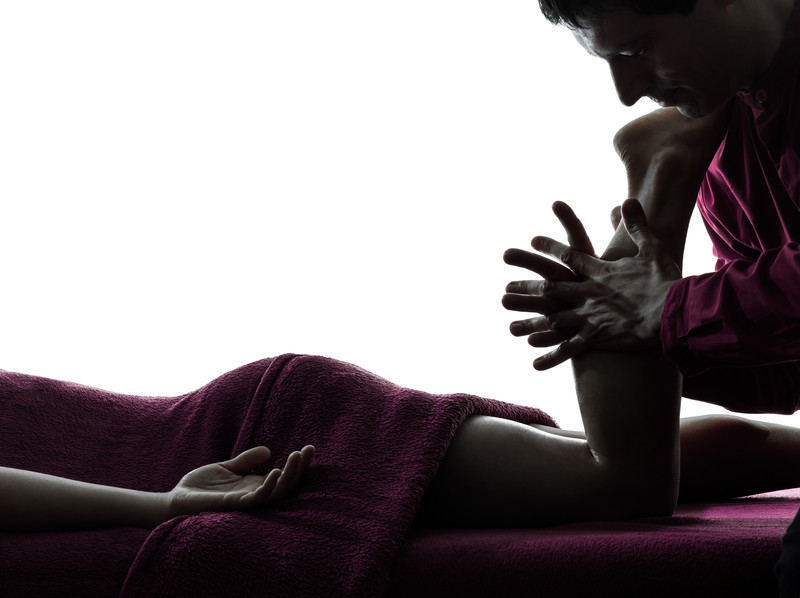Active Soft Tissue Release (ASTR) is a soft tissue therapy technique that treats problems with muscles, tendons, ligaments, fascia and nerves, by combining precisely directed pressure & tension with very specific patient movements. This combination applies a very strong and localised stretch to the affected area, reducing the excessive muscular tension and freeing up any scar tissue. Headaches, back pain, shin splints, shoulder pain, sciatica, plantar fasciitis, knee problems, and tennis elbow are just a few of the many conditions that can be resolved quickly and permanently with ASTR. These conditions all have one important thing in common: they are often a result of overused muscles.
Over-used muscles (and other soft tissues) change in three important ways:
- acute conditions (pulls, tears, collisions, etc)
- accumulation of small tears (micro-trauma)
- not getting enough oxygen (hypoxia).
Each of these factors can cause the muscles to be in a state of constant contraction, which creates tension on adjacent pain-sensitive structures further from the affected area resulting in restricted movement or pain, other structures such as bones & joints become pulled out of alignment, and abnormal pressure is exerted on nerves, blood and lymphatic vessels. Eventually your body will produce tough, dense scar tissue in the affected area. This excessive tension & scar tissue binds up and ties down tissues that need to move freely. As scar tissue builds up, muscles become shorter and weaker, tension on tendons causes tendinopathy (tendonitis), and nerves can become trapped. This can cause reduced range of motion, loss of strength, and pain. If a nerve is trapped you may also feel tingling, numbness, and weakness.
Every ASTR session is actually a combination of examination and treatment. The ASTR therapist uses his or her hands to evaluate the texture, tightness and movement of muscles, fascia, tendons, ligaments and nerves. Abnormal tissues are treated by the therapist with the application of precisely directed pressure and tension in the affected area, while the patient is directed to perform an equally precise movement. This combination applies a very strong and localised stretch to the affected area, reducing the excessive muscular tension and freeing up the scar tissue. The end result is restored and unlimited movement and a reduction of the pain.
